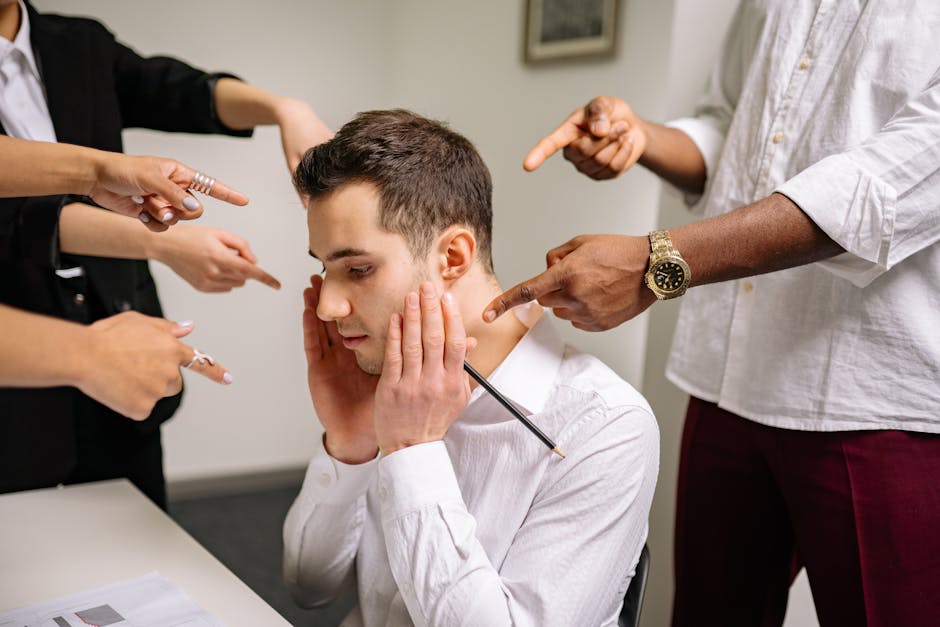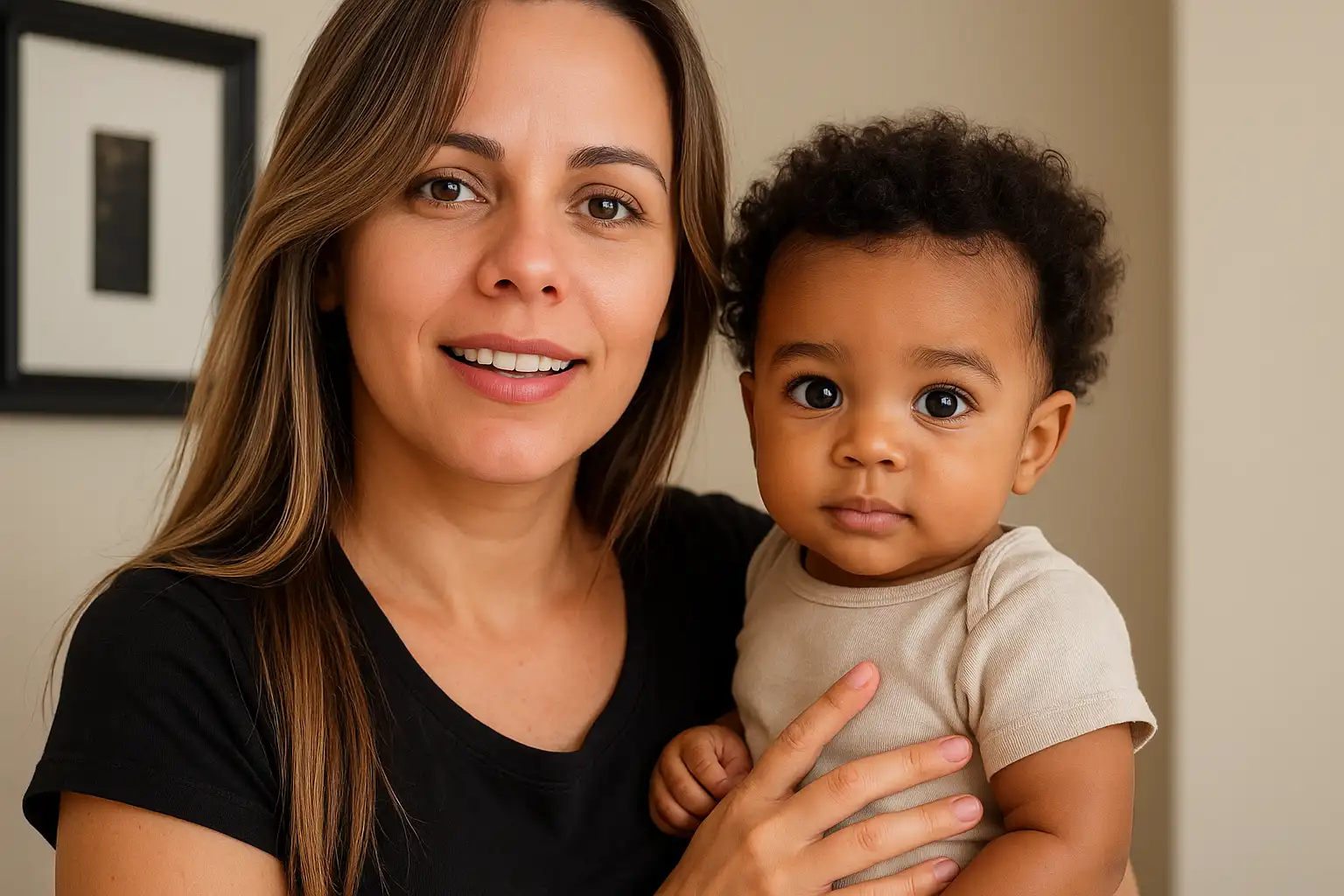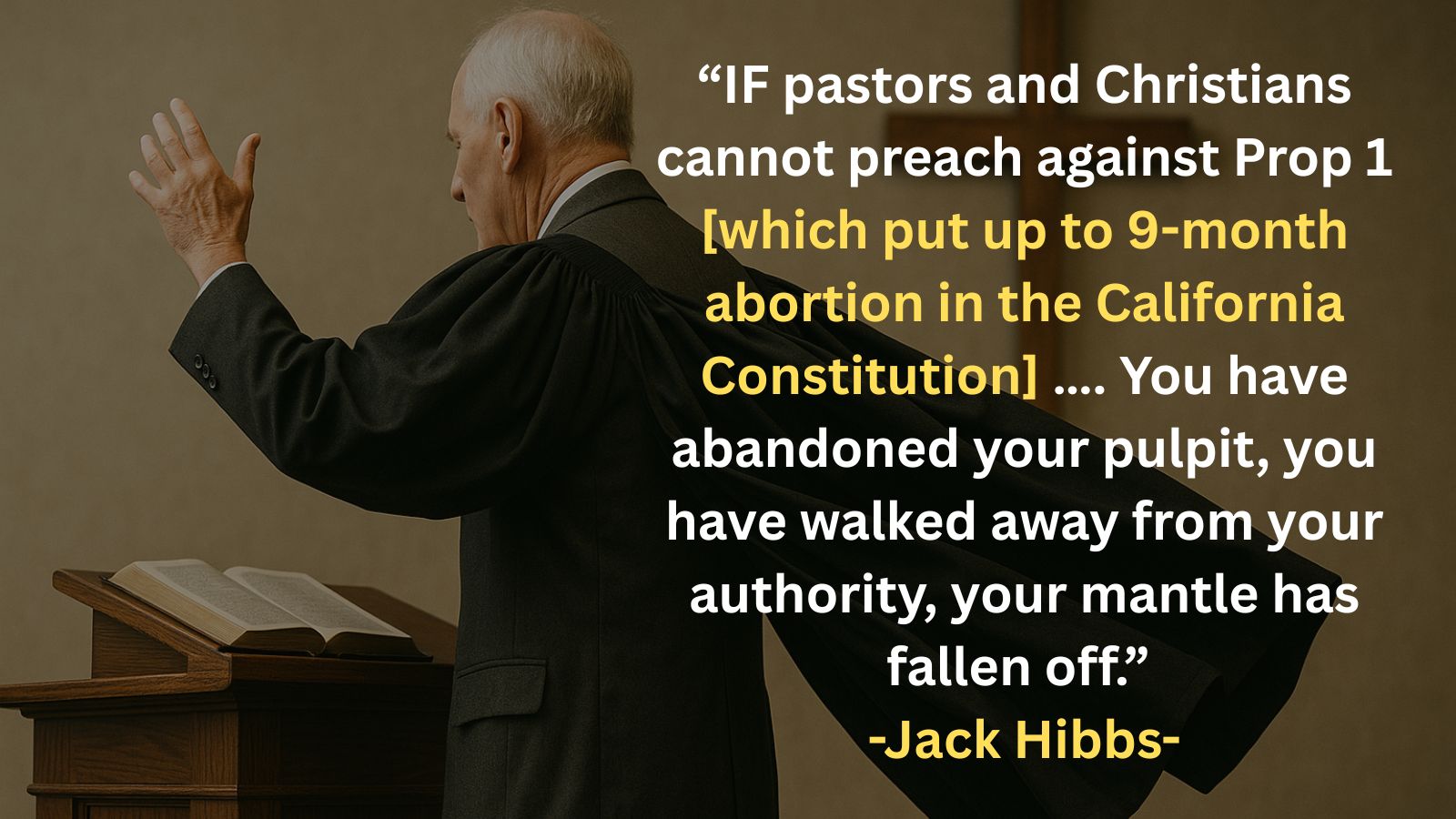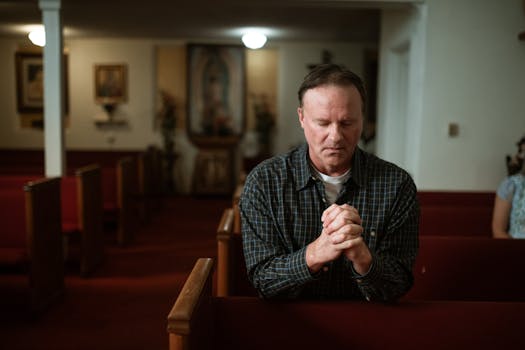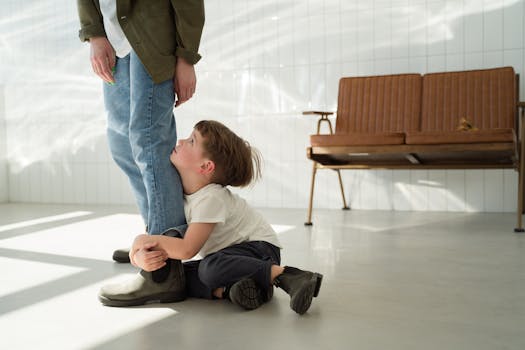
Fatherlessness: A Silent National Tragedy
One-third of children in America do not live with their fathers. This epidemic of fatherlessness is a sign of societal breakdown. Throughout this book, we explore how the role of the father has come under relentless attack.
This absence is one of the primary reasons behind the hopelessness and suicidal tendencies seen in today’s youth. Without a father figure to guide them, many young people feel abandoned and directionless. Whether due to neglect or denied access, the loss is profound—and it’s contributing to a mental health crisis among America’s youth.
Unfortunately, in many divorce cases, mothers restrict fathers from seeing their children. This form of retaliation inflicts emotional damage on the children. Seeking vengeance on a former partner should never come at the cost of a child’s well-being.
Many of these women pursue financial support through the courts while simultaneously denying visitation rights. Unless issues like abuse or addiction are present, family courts must no longer enable this injustice.
The current judicial bias—rooted in a radical form of feminism—has created a narrative where the mother is always the victim. This imbalance discourages young men from building families of their own. Can we blame them for their hesitation?
